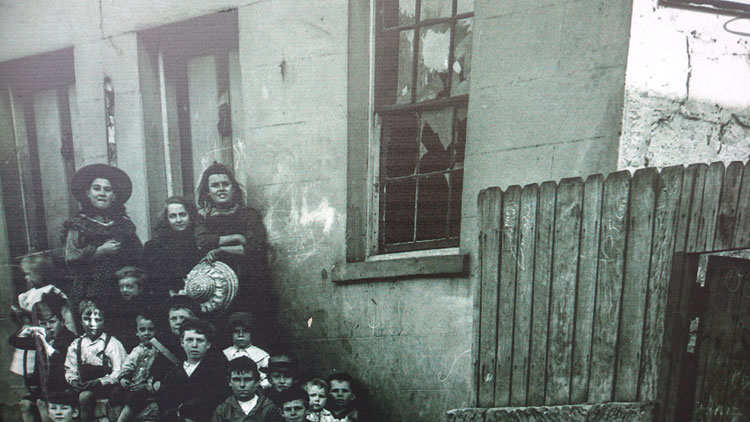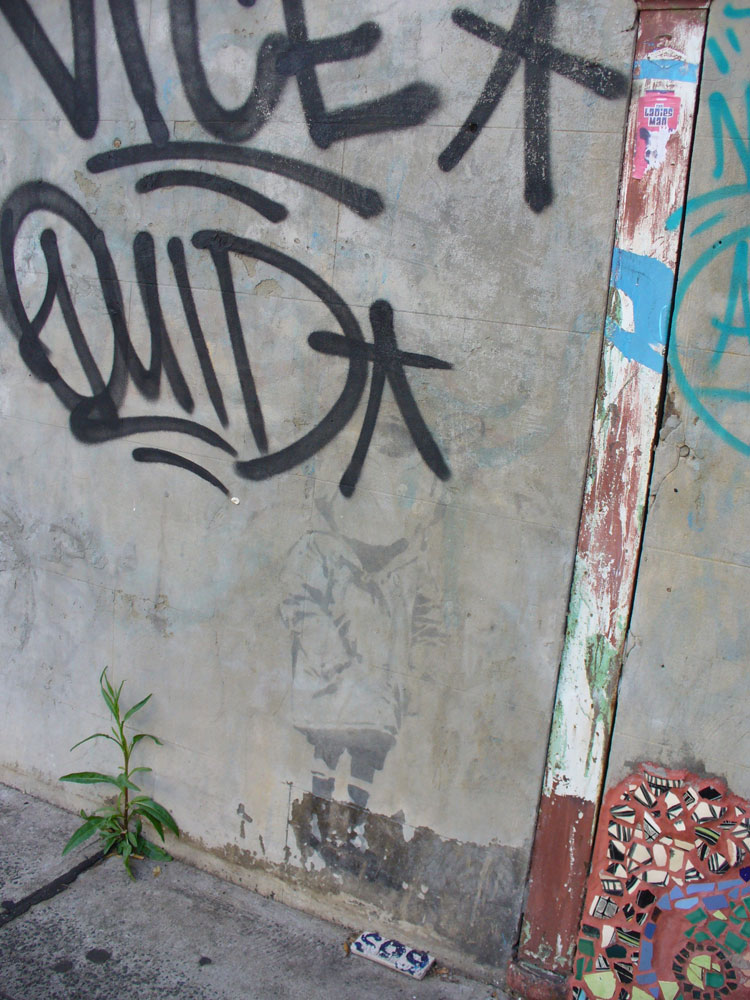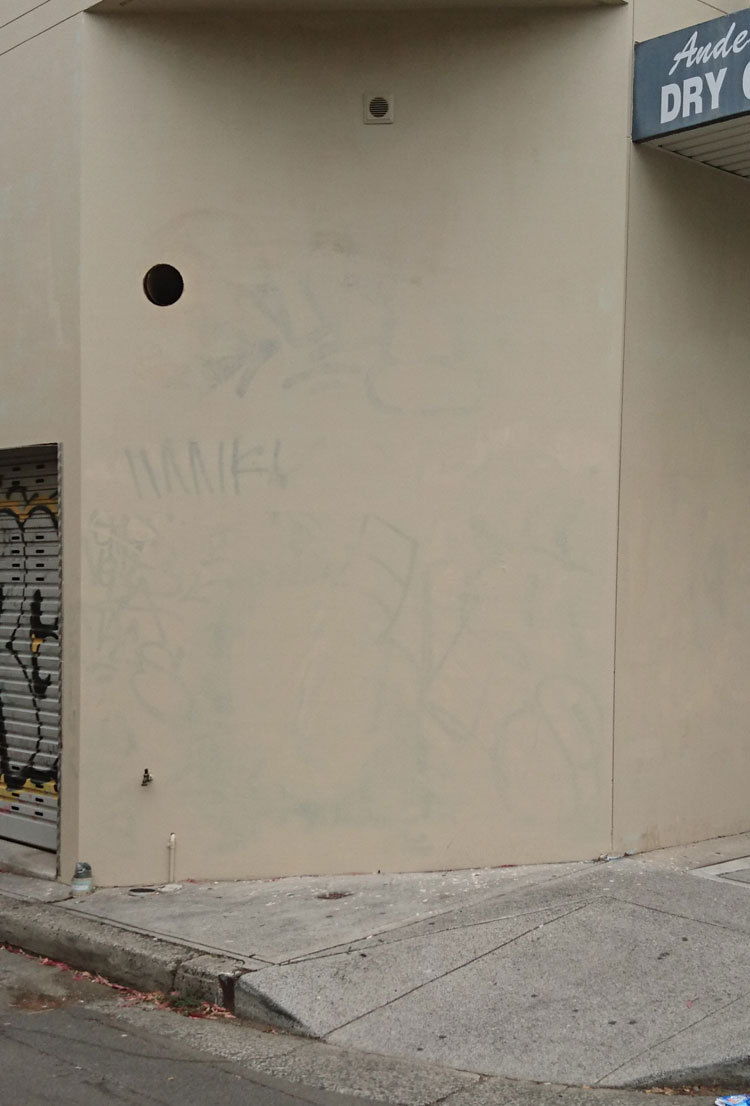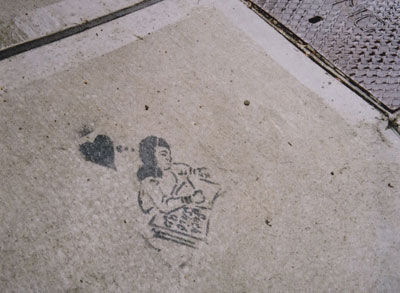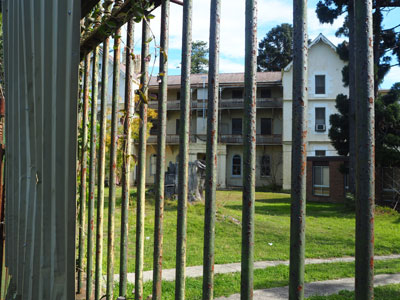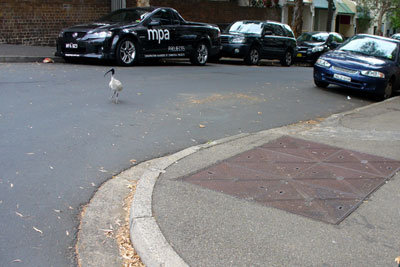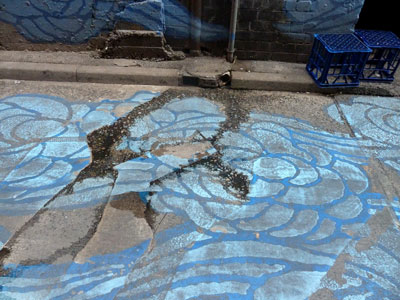
There has been an irruption of street art birds in Sydney and other cities of the world. For several years now, accumulations of avian fauna have been flattened and pinned to the walls of the open-air urban museum.
But why birds? In this post I canvass some thoughts about birds and humans, and birds and walls. I let Guy Debord have the last word.

put a bird on it: Phrase exclaimed when placing an image of an avian creature on any item, especially one that was “handcrafted” or “thrifted” so as to make it totally adorable and artistic.
Urban Dictionary
Birds are everywhere. This prevalence ensures that images of our airborne friends are easy for an audience to connect to, making them as commonplace in artwork as they are in everyday life.
Unimelb, Birds and street art, Street Art de Tours

Fascinated by the local animals and landscapes … Thomas Jackson puts a modern take on ‘Natural History Illustration’, painstakingly creating smaller scale works for galleries and translating these into large scale public murals.
Thomas Jackson website
In a culture of globalised brands and neo-liberal ideology, this new one-size fits all style of public mural art is ideal for clone developments & gentrification projects, it’s middle of the road, middle class and middle-brow. It is fast creating a culture that seeks nothing more than your uncritical attention and adoration.
Martyn Reed, nuart journal

I imagine we’ll always fetishize birds. They fly, for one thing, and for us ground-bound mammals, all gangly limbs and big brains, their flight symbolizes something like freedom.
Erik Anderson, Bird
Freedom is a word closely associated with all forms of graffiti, urban and street art. Painting in the street offers a place to create away from the restraints of the studio and the gallery … Birds are a constant and popular theme to appear in murals. Perhaps street artists just happen to like birds a lot, or perhaps it comes back to this idea of freedom again. Who hasn’t watched a bird take to the air and wondered just how it would feel?
Steve Gray, Ten street artists who love to paint birds, Widewalls

Birds are perched on buildings all around the city, but look carefully and you might find some that don’t fly away. Renowned British artist Tracey Emin has placed more than 60 bronze birds throughout the city centre. The artwork is called The Distance of Your Heart and is a reflection on feeling homesick.
City of Sydney News

Two birds represents everything from freedom to animals that spread seeds across the world. This encourages new growth and plants, combined with a heart and hand represent the power we have in the world around us. My work signifies the symbolic, engaging the urban with the organic.
Phibs (Tim de Haan), Street Art Cities
Birds have always been small agents charged with carrying the burden of our feelings simply by following the logic of their own existence … Yet for all our emotional investment in them, we’ve never treated birds particularly well.
Delia Falconer, Signs and wonders: dispatches from a time of beauty and loss
Native animals offered a former “colony of miscreants” a powerful and inspiring metaphor for cultural evolution and burgeoning nationalism at a time when Australia was beginning to assert its separate political destiny.
Jazmina Cininas, Antipodean bestiary: reconstructions of native fauna and national identity in the work of eleven contemporary Australian artists, PAN : philosophy activism nature

No other animal encompasses the nature of Australia like the bin chicken, foraging it’s way into our bins, and our hearts. At the same time, no other artist extracts the essence of Aussie humour like Scott Marsh, with his iconic wall murals piercing the Australian sensibility like a six inch curved beak to a council bin bag.
Scott Marsh, Bin Kingz

Egg Picnic wants to be the Disney of conservation – they create illustrations to make us fall in love with, and feel compelled to protect, our beautiful fauna.
Egg Picnic with City of Sydney Creative Hoardings Program
And God said, Let us make man in our image, after our likeness: and let them have dominion over the fish of the sea, and over the fowl of the air, and over the cattle, and over all the earth …
King James Bible, Genesis 1:26
Nature is not an accessory, nor is it peripheral to our happiness. It is our happiness – civilization itself – that is an accessory, the four billion year continuum of life on the planet that is primary. But if the best we can do is to care about nature from the position of one equipped to redeem it , I’m not sure it’s worth saving.
Erik Anderson, Bird
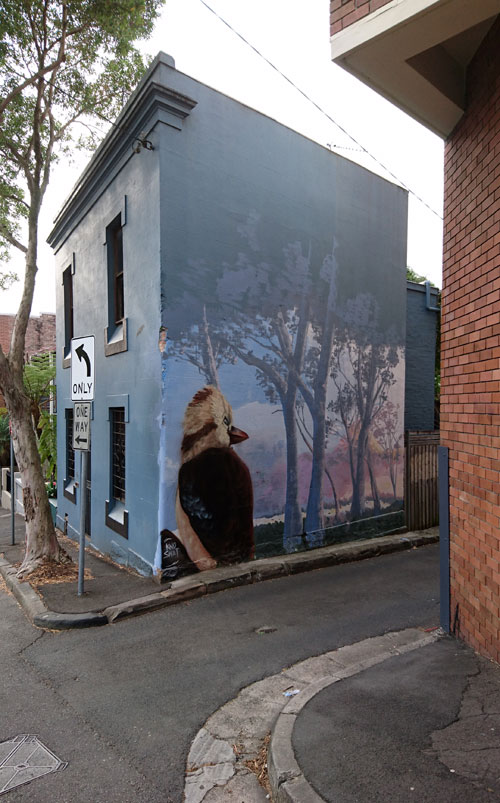
This is one way of bringing the bush to the city. We found this gorgeous kookaburra down the back lanes of Surry Hills today.
The Daily Telegraph Home Magazine
As urbanism destroys the cities , it recreates a pseudo-countryside devoid both of the natural relations of the traditional countryside and of the direct (and directly challenged) social relations of the historical city.
Guy Debord, The society of the spectacle
…………………………………………………………………………………….
(All photographs taken by Megan Hicks in and around Sydney, Australia)







